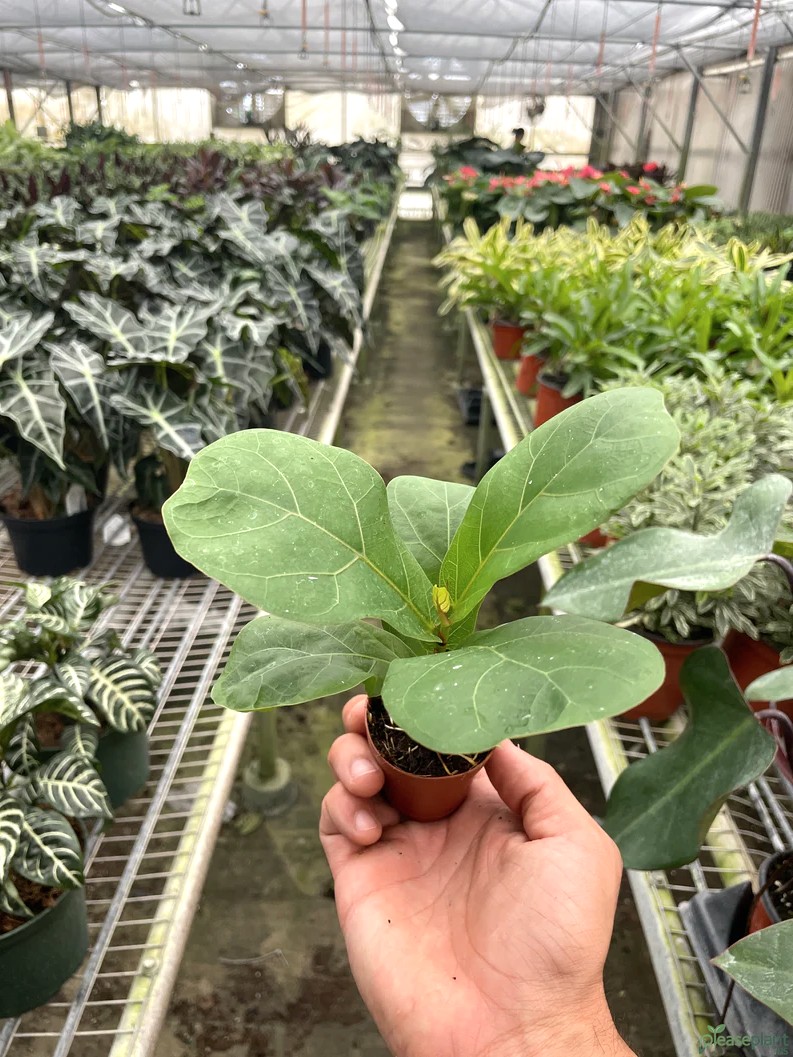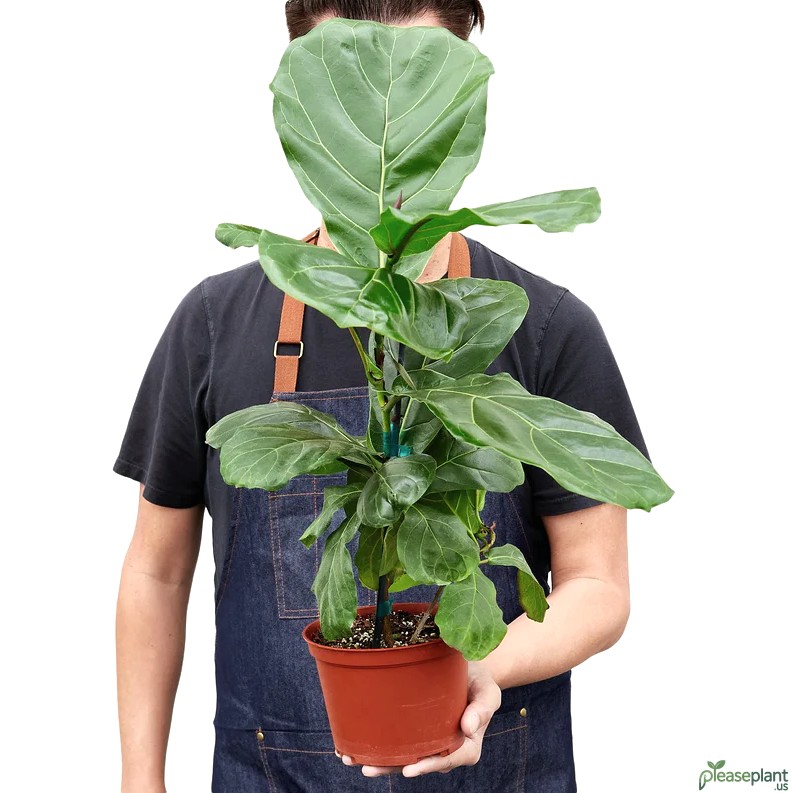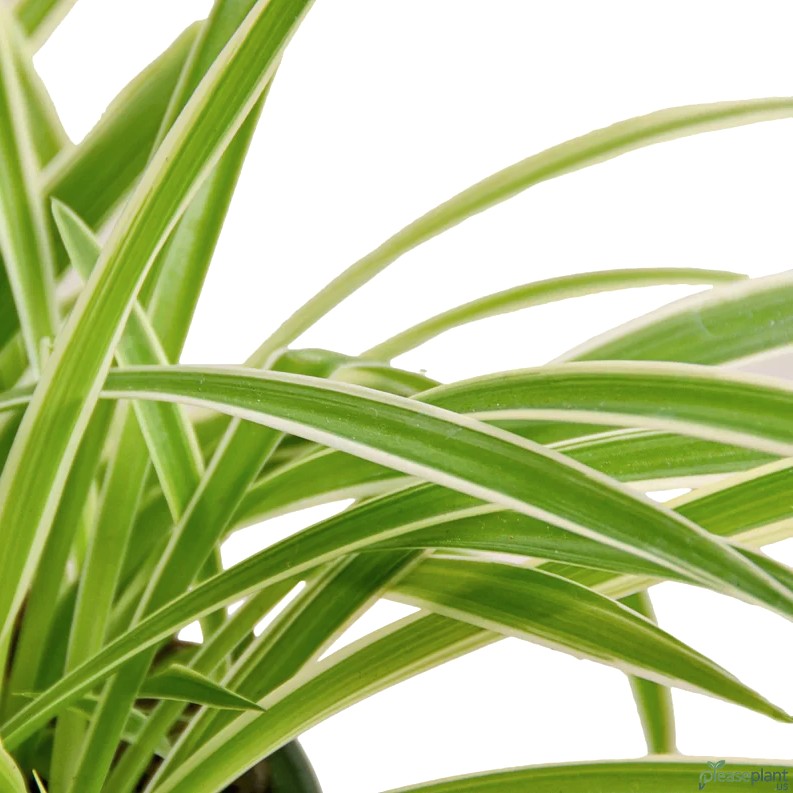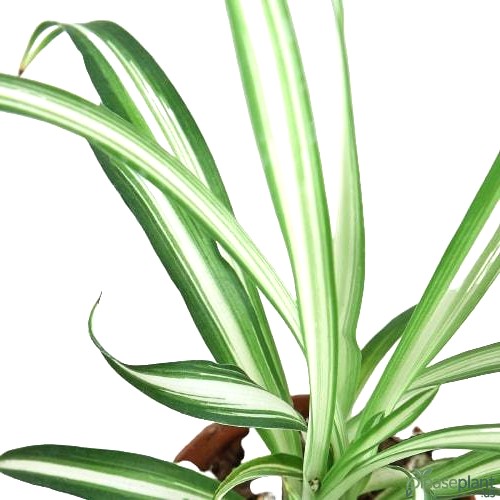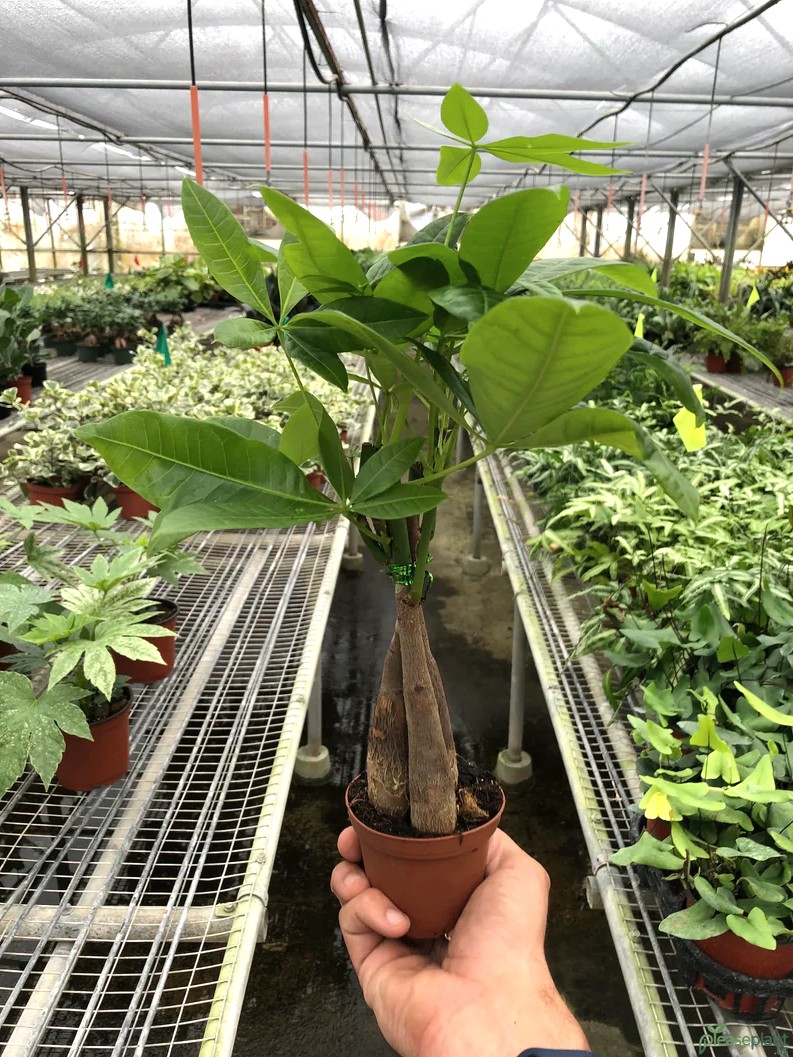If you own a Ficus Lyrata, you probably wonder when's the right moment to repot your fiddle leaf fig. Repotting is crucial for healthy root growth and overall plant vigor. But don't rush it! Timing, pot choice, and soil type all matter. I'll share my hands-on tips from years of fiddling with fiddle leaf figs, including signs your plant's ready for a new home and how to avoid common mistakes. Keep your fiddle leaf happy and growing strong by following these simple, practical steps.
When Should You Give Your Ficus Lyrata a New Home?
Let me tell you, repotting your fiddle leaf fig is like moving into a bigger apartment when your roots start feeling cramped. You don't want to be too eager, but waiting too long will stunt your plant's growth. Usually, every 1-2 years is enough, but watch for signs like roots poking through the drainage holes or soil drying out quicker than usual. If your fiddle fig looks unhappy, with droopy leaves or slowed growth, it might be screaming for fresh soil and space.
Choosing the Right Pot: Don’t Just Grab Any Container
One of my early mistakes was grabbing a pot that was too big or without proper drainage. Avoid that! A pot slightly larger than the current one – think 2-4 inches wider in diameter – is ideal. Bigger pots can keep soil soggy longer, leading to root rot. Also, make sure there are drainage holes; your fiddle leaf fig hates soggy feet. clay pots are great because they breathe, but plastic pots work fine if they have good drainage.
Soil Matters: Your Plant’s New Bed
Your fiddle fig deserves good quality soil that's well-draining yet moisture-retentive. I like mixing standard potting soil with some perlite or orchid bark to keep aeration high. Avoid garden soil – it’s too dense and can cause drainage issues. Remember, fiddle leaf figs come from tropical climates, so mimic their natural environment as much as possible.
The repotting process: Step-by-Step
Start by gently removing your fiddle leaf fig from its pot. If roots are tightly wound (root-bound), tease them apart a bit to encourage outward growth. Don't be brutal though; a bit of roughness is okay but avoid stripping too much root mass. Add fresh soil to the bottom of the new pot, place your plant in, then fill around the sides. Press the soil lightly but don’t compact it too much; roots need room to breathe. Water thoroughly but avoid waterlogging.
Watch Out for transplant shock
Repotting can stress your fiddle leaf fig. You might notice wilting or leaf drop shortly after. Don’t freak out; this is normal. Keep your plant in indirect light, avoid fertilizing for a few weeks, and maintain consistent watering. Your fiddle fig will bounce back stronger once it settles in.
Common Mistakes to Dodge
A quick heads-up: don’t repot during winter dormancy – your plant won’t appreciate being disturbed then. Also, avoid pots that are too big – trust me, the roots will rot before they stretch. Lastly, don’t skip proper drainage; it's a recipe for disaster.
My Old Story: How I Almost Killed My Fiddle Leaf Fig
Once, I repotted my fiddle leaf fig into a pot twice its size, thinking more room = faster growth. Boy, was I wrong. The soil stayed soggy for weeks, and leaves started turning yellow. I ended up redoing the whole thing after a few months. Lesson learned: patience and the right pot size are everything!
Repotting your Ficus Lyrata isn’t rocket science but does require attention and care. Make sure you do it right, and your fiddle leaf fig will reward you with lush, vibrant leaves for years to come.

